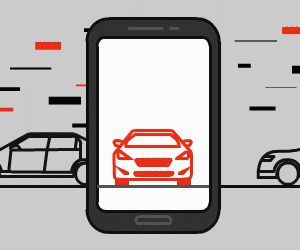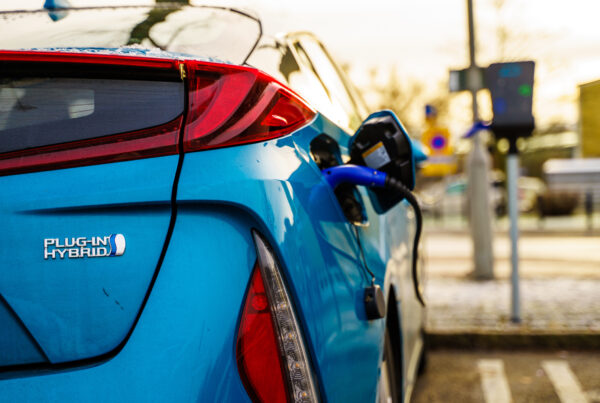Changing the expectations of delivery, drone delivery company Wing has been operating in select locations in Australia and across the world.
An average delivery time of 10 minutes due to the impressive speed and agility of the drones is set to transform how we view delivery services.
As a consumer this sounds like a dream- no longer waiting days for your items or sitting hungry for an hour until dinner arrives, but what does this mean for the skies above our towns or cities and what will happen to those who already work in delivery services?
Delivery drones would mean an entire transformation of law and legislation to regulate airspace, leading to the privatization of an entire space which has been mostly unused. Drones continue to become more available faster than the laws that govern them are created. Across the world drones have led to issues surrounding damages caused by malfunctions or conflicts when drones are shot down by landowners. Scenarios that cause legislation to clash, creating a grey area of the unknown.
The commercial applications of drones raise several considerations surrounding monitoring and controlling them as well as remaining aware of weather conditions in specific areas. Advanced monitoring technology and autonomous systems make the drones not directly piloted by a person. While it removes the need for direct delivery drivers, drones create a new style of workforce required to ensure the technical systems function correctly.
With over 100 000 delivers made globally, Wing has seen a positive reaction from consumers. There are many questions surrounding the overall impact on the industry and society, following the issues at Amazon warehouses. As delivery times reduce, pressure from the competition could lead to workers being put under strain.
While there are many concerns and questions surrounding Wing and their delivery drones, excitement about swift and contactless delivery continues to grow, and the nature of transport continues to evolve.




















